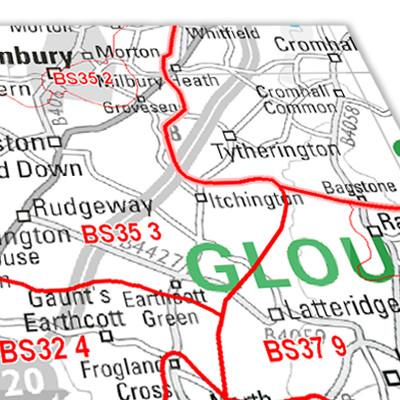

HTML is better suited where you wish to access the raw 'elements' that make up your map to use within your own software such as Word etc.ĭelivery format : Make larger image Need help or got a question? Click here to contact us and get assistance. PDF is suitable for printing, emailing and other forms of electronic distribution. You can either receive it as a PDF file or as an HTML web page, Show content optionsĬhoose the format you wish to receive your map in. For dot maps repeated postcodes, or postcodes with a larger value, will have a larger dot on the map. (e.g customers, incidents) at that postcode. Your data can either have just a list of postcodes (or sectors,districts etc) or a postcode and then a comma followed by a numeric value used to represent the number of 'items' A header row is not required, but the postcode must be in the first column.Īlternatively you can copy and paste your data into this text box : Data file : Your file must be a text file which can easily be created from software such as Excel or Access. Select a file on your computer that contains a list of postcodes (e.g LS16 6TZ), postcode sectors (LS16 6), postcode districts (e.g LS16) or postcode areas (e.g LS). To watch our introductory tutorial on YouTube click here : Postcode Data

After you have made your selections from the options below you can preview your map, or proceed Your map can either place a dot on the map for each postcode enabling you to quickly and easily identify clusters of relatedĭata, or 'aggregate' the data to enable a shaded map to be created enabling areas to be 'banded' into classes helping identify broad trends in your data.įrom this page you can specify the options for your map, the details you would like to include and then buy your map quickly andĮasily using a credit card. This data could be a file of customers, a list of prospects, incidents or any other This site enables you to visualise your postcode-tagged data on a map. Welcome to the online Mercator GeoSystems postcode data mapping portal.


 0 kommentar(er)
0 kommentar(er)
